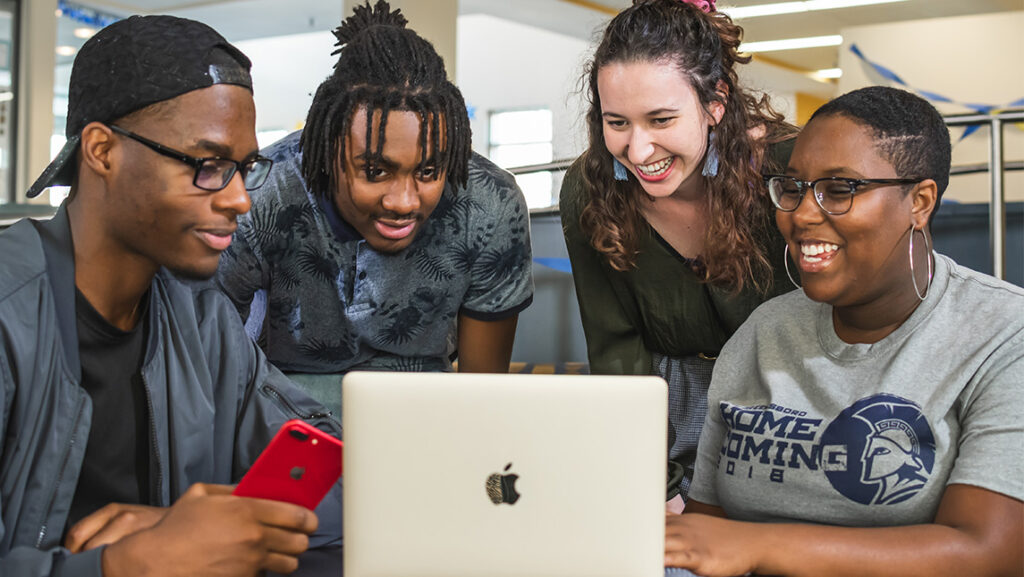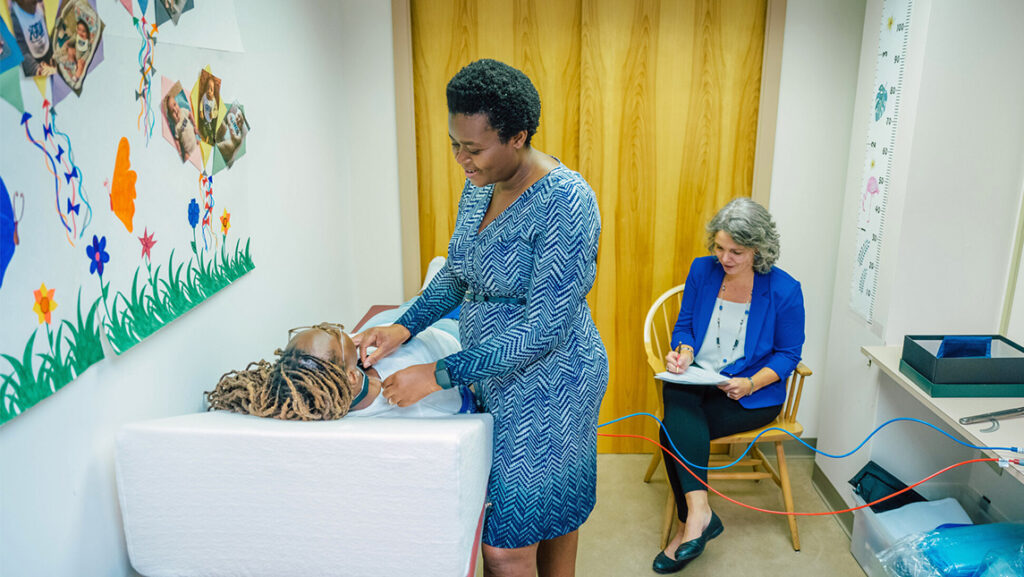Are you working on an National Institutes of Health grant proposal? Want to improve your chances for funding? A 2012-16 study from Columbia University School of Nursing saw a 42% success rate for proposals that received an internal review, compared to 20% for those not reviewed (Kulage & Larson, 2018.) The UNCG Office of Sponsored Programs is pleased to announce a new internal review process for proposal submissions to NIH.
Submitting an NIH proposal and want it peer reviewed? Here’s how it works:
Phase 1: Let OSP know your proposal is on the way. https://uncg.infoready4.com/#manageCompetitionsDetail/1827286
- Internal annual deadlines are December 5, April 5, and August 5.
- OSP does not need a proposal at this stage. Just provide the following info: Funding mechanism, mechanism deadline, Institute/Center where you plan to apply, and suggested reviewers (internal and/or external).
Phase 2: OSP will assemble a review panel for your proposal.
Phase 3: Submit a working draft of your proposal. https://uncg.infoready4.com/#manageCompetitionsDetail/1828169
- The working draft must include your Specific Aims and Research Strategy. Adhere to page limits and NIH specified sections (e.g. Significance, Innovation, Approach).
- Internal annual deadlines are January 5, May 5, and September 5.
- Review comments will be provided to you within 2 weeks.
Are you ready?
- The ideal proposal for review should be fairly well developed (Specific Aims and Research Strategy) and aiming for an upcoming deadline (1 or 2 deadlines away).
- This is for new and resubmissions to NIH (resubmissions for review must include prior comments from NIH reviewers).
- This UNCG proposal review process is not for early concepts and ideas (but do we have other ways to help with those).
- If you are not sure if you are ready to submit a proposal but want to talk about strategy and your personal readiness to apply, feel free to contact the OSP proposal development team (Aubrey Turner and Julie Voorhees). You may also want to discuss these questions with a faculty mentor and/or your Associate Dean for Research.
An example timeline:
- Your plan is to submit the proposal for the February or June NIH deadline.
- And you are fairly certain that you will have a solid draft Specific Aims and Research Strategy ready for review by January 5.
- Therefore, by December 5th you should let us know your proposal is on the way.
Interested in serving as a reviewer? We need you! Here’s how it works…
- Let us know you are potentially able to review. This is a non-binding commitment. https://forms.gle/A1e4j1zMHh7rnkm48
- OSP will recruit and maintain a pool of diverse review panel participants, with the following in mind:
- Diversity of expertise: laboratory, computational and social/behavioral sciences
- Diversity of career stage: from seasoned NIH reviewers to early career faculty (reviewing is a great way to improve your own grant skills!)
- Diversity of backgrounds: Race, ethnicity, and life experiences
- Panelists who are invited to review a proposal(s) may accept or decline as their schedule dictates.
- Review windows are Jan. 5-15, May 5-15, and Sep. 5-15.
- Panelists will be encouraged to view NIH training materials to prepare for reviews.
- Mechanism guidelines: https://grants.nih.gov/grants/policy/review-guidelines.htm
- NIH peer review overview: https://www.youtube.com/watch?v=kGhfqgGKgcY
- NIH mock study section: https://youtu.be/Vx6qO8z9swQ?t=1
- Reviews will be submitted via InfoReady Review.
- In order to streamline scheduling, panelists will not be expected to meet in person.
- Review feedback will be anonymized and shared with the PI and the other reviewers.
- Optionally, reviewers may elect to make themselves available for follow-up discussions with the PI (thus not anonymous)
- Panelists receive $50 per review (and we hope the process of reviewing benefits you too).
Are you willing to be included in a pool of individuals who could potentially review proposals that align with your expertise? Let OSP know: https://forms.gle/A1e4j1zMHh7rnkm48
This program is supported in part through NIH funding (Shelton and Francis: 1UC2GM137434-01).


